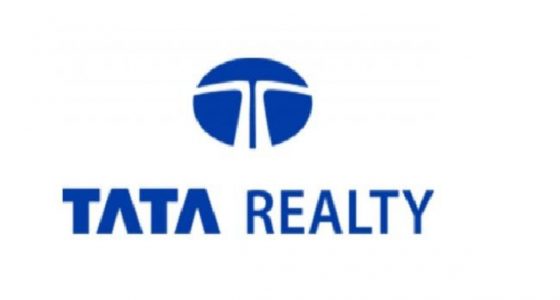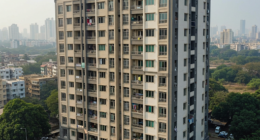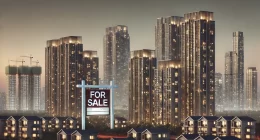By Manju Yagnik
2022 has been overwhelmed with the influx of great demand showcasing a promising growth map for real estate in India. The overall sentiment, right from commercial to residential market space, is positive and the trend is anticipated to incline further. Amidst the pandemic challenges, the sector has shown resilience and steady growth in 2021 which was noticeable since the fourth quarter of 2020. This steady growth was because the markets started opening up resulting in a larger number of customers stepping out for house hunting. Vaccination campaigns and lower infection rates boosted the market confidence, furthermore, the holiday season fueled the sector’s expansion. The real estate development ratio has risen over last year making it one of the top achieving sectors currently.
In the residential segment, the real estate industry in India is expected to grow by around 5% in capital value by 2022. According to certain projections, sales acceleration is predicted to boost in 2022 as potential homebuyers continue to prefer larger homes, better amenities, and attractive pricing, which will keep individuals interested in closing deals. During the pandemic, the WFH situation reiterated the significance of having larger livable spaces amongst consumers. This holistic realty scenario has enabled a sense of confidence and again prioritized real estate as one of the prime contenders in the investment options of retail buyers. The boost witnessed and being projected in the realty space has catapulted home equity creating a positive correlation between value-appreciation of property prices and home buying.
Even with the current rise in the cost of key raw materials such as cement, iron, steel, and so on, the ambition of home buying from an investment, aspirational or functional standpoint seems to be unperturbed. This further cements the accelerated home equity phenomenon from both tangible and intangible perspectives. According to industry reports, the raw materials cost has risen by up to 75-80 percent since last year. While this is definitely a form of hindrance for the developers, as it limits their intentions of creating diverse benefits for the customer; Real estate developers in core markets have already stated their intention to raise the rates of unsold inventory.
According to the Knight Frank-Naredco index, the overall real estate market sentiment has been consistently improving, indicating a strong demand in real estate led by the residential sector. This growth has had a positive rub-off on commercial space as well, as more and more companies resume their working operations. Uncertain pandemic times created a reluctance amongst the home buyers to invest in real estate, but now that restrictions have lifted, markets have gained momentum and bank interest rates are still at an all-time low; all of these factors have contributed to a consistent rise in real estate valuations. We are expecting an uptick in real estate sales & values which would be driven by the end user in FY 22 – 23. While the hike in prices is a culmination of the revival in demand and the increase in raw material prices, the long term prospects for the sector seem to be bullish, both in terms of growth and valuations.
Manju Yagnik, is Vice-Chairperson (Nahar Group), and Sr. VP NAREDCO (Maharashtra). Views expressed in this article solely belong to the author and do not represent that of SquareFeatIndia.
Also Read: Myth vs Reality: Is affordable housing really affordable now?









